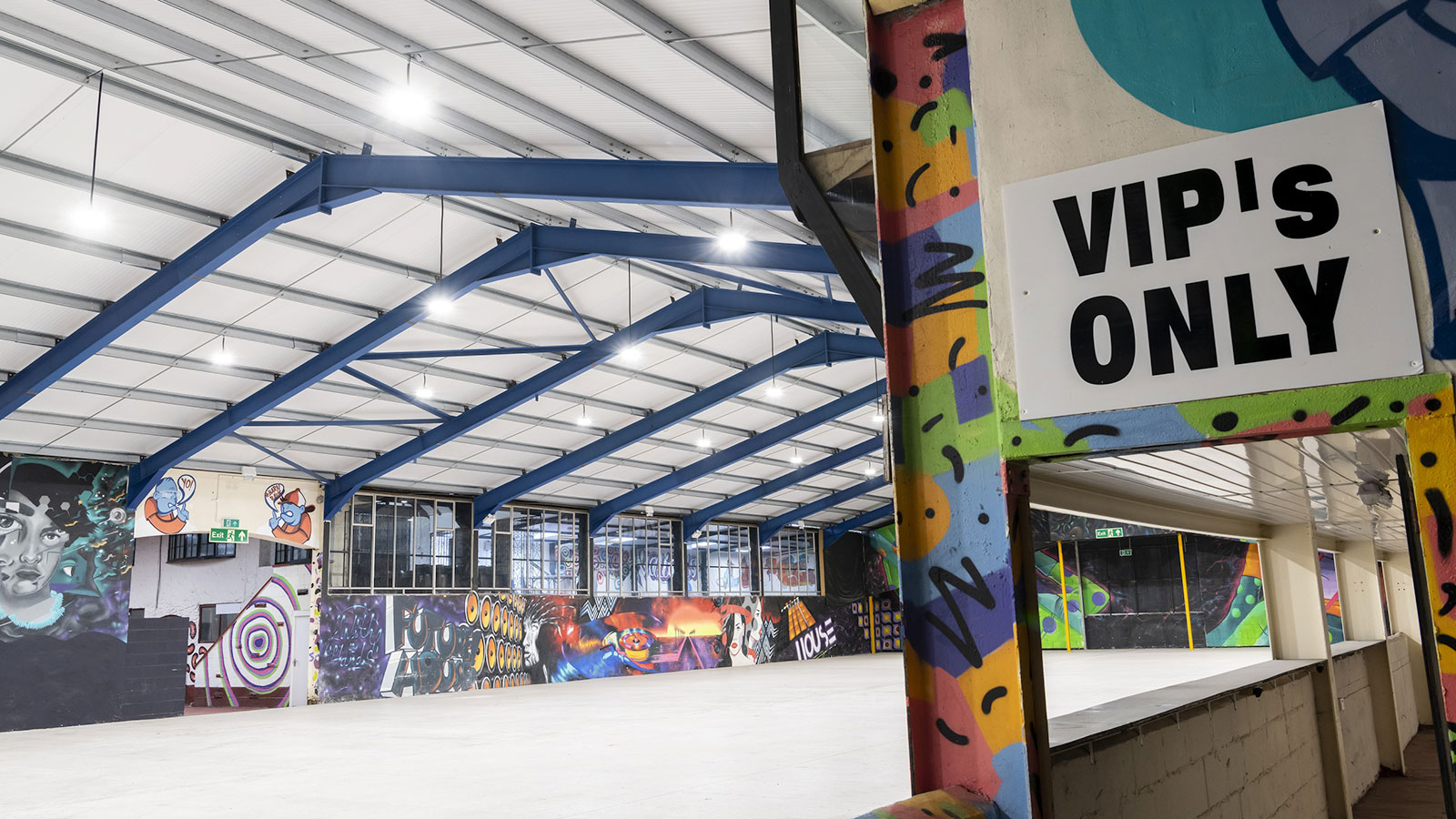Chris Anderson, Technical Manager at Ansell Lighting, discusses the many benefits of smart lighting systems and how they should be approached.
If there is one technology that has been a complete game changer in the lighting realm, it’s smart lighting. From automation and energy optimisation to enhancing design, as well as health and wellbeing, it is the ultimate solution, revolutionising the way we live and interact with our environments.
Whilst not a brand-new technology, the popularity of smart lighting has gained rapid momentum over the last couple of years, with significant and widespread adoption of the innovation in homes, public and commercial buildings.
No longer confined to the manual ‘flip of a switch’, smart lighting offers users an intricate level of control and customisation and is highly adaptable to changing lighting conditions, usage requirements, and personal preferences.
With wireless technology integrated in each fitting, smart lighting systems use communication protocols such as Wi-Fi, Bluetooth and Zigbee to create a seamless network of connected luminaires that can be centrally controlled and effortlessly automated.
The myriad of benefits offered by smart lighting
Operated using a remote control, a smartphone app, voice control or even ecosystems such as Alexa, Hey Google and Siri, users can easily programme their lighting settings, creating different schedules and moods. From the timings of operation to the colour, brightness, intensity and combination of luminaires in use, every individual light fitting can be programmed and controlled to the most minute detail.
As well as offering users complete personalisation and control, this automation is also hugely energy efficient, with power used only where, when, and to the exact degree necessary. It also eliminates any reliance on human intervention, preventing energy being wasted when lighting is accidentally left switched on. Incorporating motion or presence/absence detection sensors further enhances its energy saving functionality, providing an immediate and dynamic response to lighting needs.
This reduction in energy use should also translate to a reduction in energy bills which is one of the main attractions of smart technology. A well-designed and operated smart lighting system can lower lighting energy use by up to two thirds, providing significant cost savings. In domestic settings, this is commonly found to translate to a 10% reduction in electricity bills, whilst in commercial settings this can be in excess of 25%.
An added bonus of smart lighting is that installation is also incredibly straightforward. Operating wirelessly via Bluetooth and Wi-Fi, systems are controlled and hosted on the cloud, so there is no hub or wiring required and most units are simply installed like a lamp or switch. These user-friendly interfaces and intuitive installation processes ensure that the transition to a smart lighting system is seamless and incurs little downtime, making it an ideal option for organisations which are undergoing retro-fit renovations.
In commercial environments, smart lighting can also help to relieve managers of some of the burden of maintenance and monitoring requirements. Many smart systems have controls such as dashboard monitors which provide a visual display of a building’s lighting system in real-time. This can be used to carry out vital maintenance testing on emergency lighting, instigating tests automatically and wirelessly to highlight remotely whether an individual luminaire or driver is operating outside of expected operational parameters.
Dashboards can also be used to identify opportunities to reduce unnecessary wastage – even beyond lighting. For example, if data highlights certain areas of a building that have not been used in a day, building managers can use this information to update heating and air conditioning settings or even cleaning schedules, reducing additional operational costs.
Home and building security is another area where smart lighting can have a positive effect. Automated lighting schedules can be used to simulate the appearance of an occupied space even if it is vacant, deterring potential intruders.
Likewise, occupant health and wellbeing can really benefit too. Whether in the home or at work, lighting hues can be set to help regulate circadian rhythm, resulting in improved focus and productivity during the day and fewer sleep disturbances at night.
Considerations when selecting smart lighting
Smart lighting systems can be implemented in both indoor and outdoor settings and there are a vast array of smart enabled fittings available. From interior downlights, strip lights, and bulkheads to outdoor bi-directional wall lights and garden spikes, almost every type of lamp or fitting can be found.
When planning and specifying an installation, there are a number of practicalities to consider. As smart lighting systems need Wi-Fi or Bluetooth to operate, the fabric and the structure of the property needs to be thought out, with any factors that might restrict signal and functionality – such as the thickness of walls – addressed.
Product interoperability is another key consideration. Selecting a system that works across a variety of ecosystems is a must to make the scope of illumination possibilities and functionalities wider. Products that are compatible with a wide array of modules, drivers, sensors and switches and can be paired with any ecosystem on the market should be selected.
Transcending mere functionality, smart lighting is providing users with unparalleled control, customisation, and convenience when illuminating their spaces. It has the power to transform the built environment, supporting the creation of a more connected, efficient and sustainable world.


